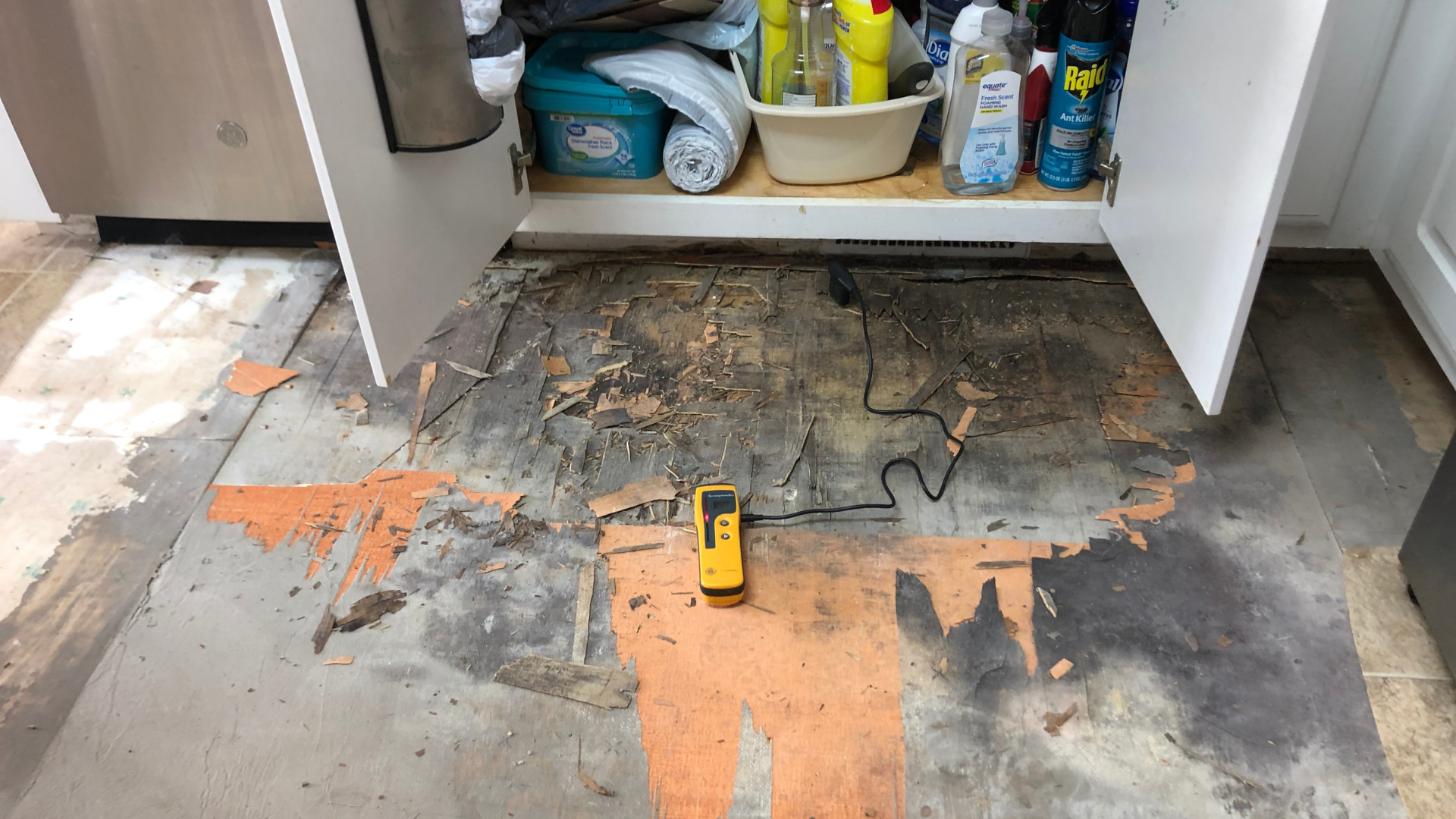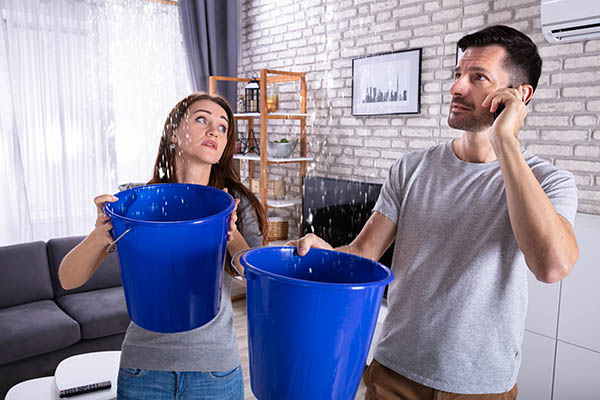What makes Water Damage Restoration critical after a flood?
Wiki Article
Water Damage Restoration 101: Comprehending the Process and Price
Water damage can strike suddenly, leaving homeowners in a state of confusion. Understanding the repair process is crucial for reliable recuperation. From reviewing the damage to picking the ideal company, each action impacts the overall end result and price. Factors such as the sort of water damage and urgency also play a significant duty. What are the specific techniques made use of in restoration, and exactly how can one plan for prospective costs?Kinds of Water Damage

Initial Analysis and Inspection

Water Extraction Methods
Complying with the initial assessment, effective water extraction methods are utilized to alleviate damage and avoid additional problems. These techniques involve making use of customized devices such as industrial-grade vacuum cleaners and submersible pumps - Mold Remediation After Water Damage. The option of method depends on the volume of water present and the kind of products influenced. For standing water, submersible pumps are commonly used for quick elimination, while vacuums are ideal for removing water from carpets and upholstery. Furthermore, advanced techniques like water extraction floor coverings may be utilized for hard-to-reach areas - Water Damage Restoration. The goal is to remove as much water as feasible, reducing the capacity for mold growth and structural damage. Motivate and efficient water removal is necessary in the overall water damage repair processDrying Out and Dehumidification Process
Once the water removal is total, the drying and dehumidification process ends up being vital to recovering the damaged area. This phase usually utilizes industrial-grade dehumidifiers and air movers to effectively reduce dampness degrees. The dehumidifiers attract in damp air, removing excess humidity, while air moving companies flow air to increase dissipation. Surveillance devices is often made use of to track humidity and temperature level levels, ensuring suitable drying conditions. The period of this process can differ relying on the extent of the water damage and environmental aspects. It is vital to completely completely dry all influenced materials, consisting of wall surfaces, flooring, and home furnishings, to prevent mold development and architectural damage. Correct implementation of this step is important for an effective repair result.Cleaning and Sterilizing Affected Locations
As soon as the drying procedure is total, a thorough first analysis and examination of influenced locations is important to identify contamination levels. Efficient cleaning strategies and suitable items must then be used to eliminate particles and stains. Finally, sanitization and disinfection techniques are important to guarantee that dangerous microorganisms are gotten rid of, restoring the space to a secure conditionFirst Analysis and Inspection
Prior to beginning any type of reconstruction efforts, an extensive initial assessment and evaluation of the influenced areas are crucial for efficient cleaning and disinfecting. This procedure involves determining the degree of water damage, determining the source of the water breach, and examining the products impacted. Inspectors generally look for indications of mold growth, structural honesty concerns, and harmed personal belongings. The evaluation also consists of checking moisture levels utilizing customized equipment to ensure no concealed water pockets stay, as these can result in additional difficulties. Recording the searchings for is essential for intending the following action in the repair procedure. An in-depth initial evaluation allows repair specialists to create a targeted method for reliable cleansing and sterilizing, inevitably decreasing damage and wellness threats.Cleansing Strategies and Products
Effective cleansing and sterilizing of water-damaged locations require a range of products and strategies tailored to the certain materials impacted. For permeable surface areas like drywall and carpets, removal techniques are essential to remove excess wetness, complied with by deep cleansing with specialized cleaning agents. Non-porous materials such as floor tile or steel can be cleansed using commercial-grade cleaners that efficiently eliminate impurities. Vapor cleaning is one more reliable strategy, particularly for carpetings and furniture, as it utilizes high temperatures to get rid of bacteria and mold and mildew (Water Damage Restoration). Additionally, environment-friendly products are increasingly popular for their safety and security and effectiveness - Mold Remediation After Water Damage. Inevitably, choosing the proper cleaning approaches and items not just guarantees instant tidiness but also help in protecting against more damage and health risks connected with water breachSanitization and Disinfection Techniques
When attending to water damage, correct sanitization and disinfection approaches are necessary to guarantee the security and wellness of the damaged setting. After initial cleansing, surfaces should be treated with proper disinfectants to eliminate pathogens, mold and mildew, and microorganisms that thrive in moist problems. Common approaches include using EPA-approved chemical anti-bacterials, which can be applied via spraying or wiping strategies. Furthermore, ultraviolet (UV) light systems can efficiently disinfect areas by counteracting microbes without rough chemicals. The choice of approach typically depends on the sort of materials affected and the degree of contamination. Eventually, comprehensive sanitization not only brings back a safe home yet likewise aids stop future health risks related to lingering dampness and mold and mildew development.
Repair Services and Restoration Options
Examining the damage triggered by water direct exposure is essential for figuring out the proper fixings and repair alternatives. House owners may deal with various problems, including damaged drywall, deformed floor covering, and jeopardized architectural elements. Depending on the extent of the damage, repairs may involve replacing sections of drywall, mounting new flooring, or reinforcing structural beams. In instances of severe damage, full replacement of affected materials may be required. Additionally, expert conservators commonly recommend making use of wetness meters to examine concealed wetness degrees before choosing the finest strategy. It is essential to act quickly to avoid mold and mildew development and more damage. Selecting the appropriate alternatives not only restores the residential or commercial property yet additionally ensures long-lasting security and performance.Elements Affecting Restoration Expenses

The degree of water damage straight impacts the restoration sets you back homeowners can expect to incur. Factors such as the resource of the water, the period of exposure, and the afflicted materials significantly affect prices. For circumstances, clean water damage from a broken pipe is usually much less expensive to recover compared to damage triggered by sewage. In addition, the degree of contamination dictates the demand for specialized cleaning and disposal services, additionally increasing costs. Geographical area likewise plays a function, as local labor rates and accessibility of restoration solutions can differ. The urgency of the response impacts expenses; quicker interventions usually lead to lower general costs by preventing additional damage. Understanding these variables is crucial for homeowners when estimating reconstruction costs.
The three key types of water damage are categorized based on contamination degrees: tidy water, gray water, and black water. An extensive initial assessment and evaluation are vital steps in the water damage remediation procedure. For standing water, submersible pumps are normally utilized for quick elimination, while vacuum cleaners are ideal for drawing out water from carpetings and furniture. The level of water damage directly impacts the remediation costs house owners can anticipate to incur. Clean water her explanation damage from a busted pipe is usually much less expensive to recover compared to damage triggered by sewer.
Report this wiki page